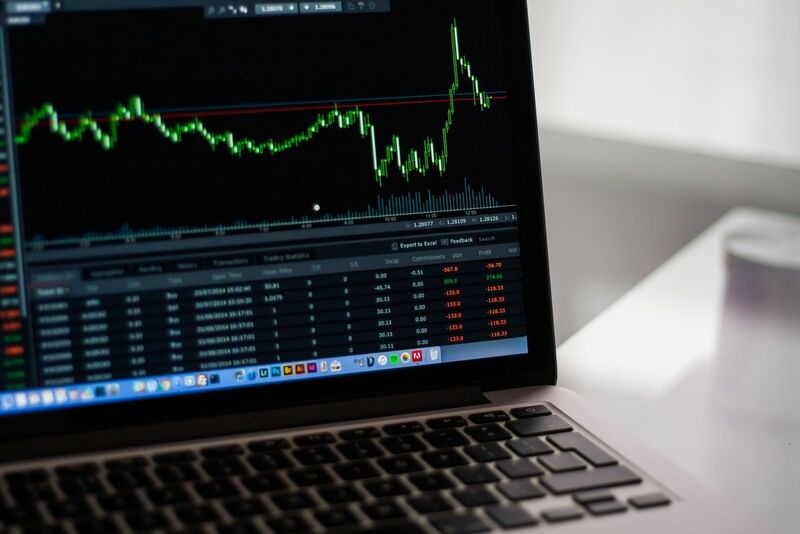
Since mid-December, when the crude oil futures made a seasonal low, the market has steadily traded higher. A typical seasonal pattern usually sees crude oil bottoming in December or January before rallying into May 01. But what if you missed the first leg of this uptrend? Is there an upcoming opportunity that may offer a chance to buy crude oil?
In an article I wrote in December for Barchart, "Has Crude Oil Put in an Early Seasonal Lolw?" I commented, "In the United States, the summer months, beginning in May, typically see increased demand for gasoline as people take vacations and drive more. While the gasoline demand appears in May, refiners must begin purchasing crude oil in January to allow time to refine and deliver the gasoline."
During early December, a seasonal pattern for lower prices tends to push prices down for year-end tax purposes. Refiners of crude oil flush their gasoline and heating oil pipelines to avoid paying taxes on unused products by January 01. During this period of new supply coming to market, the crude oil market usually sees lower prices. The past December was no exception, and the seasonal pattern held.
The following seasonal window for higher prices appears after energy products in pipelines are reduced and the tax selling ends. Then, in late December or early
January, buying pressure enters the market. As the upcoming summer driving season looms, refiners accumulate crude oil inventory. The bullish seasonal window usually ends around May 01, when sufficient crude oil inventories have been acquired for the first portion of the driving season.

Source: Moore Research Center, Inc. (MRCI)
MRCI research illustrates crude oil's 15-year seasonal pattern (black line). Notice how prices tend to put in a seasonal low in mid-December. Soon after the tax selling season, the price uptrend begins in preparation for the upcoming summer driving season into May 01.
The initial seasonal rally shows a topping pattern near the beginning of March. There is another seasonal event that occurs this time every year. Gasoline refiners make two types of gasoline: a winter and summer blend. The Environmental Protection Agency (EPA) regulates which blend of gasoline is to be refined and sold.
From the EPA website: Volatility is the property of a liquid fuel that defines its evaporation characteristics. RVP is an abbreviation for "Reid vapor pressure," a common measure of and generic term for gasoline volatility. EPA regulates the vapor pressure of gasoline sold at retail stations during the summer ozone season (June 1 to September 15) to reduce evaporative emissions from gasoline that contribute to ground-level ozone and diminish the effects of ozone-related health problems.
As a result, refiners must empty their holding tanks of winter blend by early May, and gas stations cannot sell winter blend after early June. Leading up to the May deadline for refiners, they begin selling winter blends at aggressive pricing to rid their inventory before May, leading to less demand for oil during this period. Because this is a federal law, the event is so common that a seasonal pattern can be found. The MRCI seasonal chart shows a significant price decline in crude oil in early March.
The above EPA mandate creates an opportunity for traders to buy crude oil at lower prices and participate in the seasonal price rally from mid-March to about May 01.

Source: Barchart
Technically, the market has an up-sloping channel. Currently, the market is trading near the top of the channel, which could offer resistance to price.
Fundamentally, weekly crude oil inventories have increased over the past five weeks as gasoline refiners don't need much crude oil. Early winter saw extreme cold temperatures across the country, increasing heating oil demand. Recent weather conditions have not been as extreme, and heating oil demand is average.
Shipping risks in the Red Sea continue to be an issue, but the mainstream media is not reporting on it as frequently. Election year tactic? The Houthi strikes have continued since November. Recently, a tanker was hit by rockets and reported to be sinking, with a dangerous oil slick forming. If the news begins broadcasting these events more frequently, we could see less pull-back into the mid-March seasonal low.
In conclusion, despite missing the initial surge in crude oil prices, there remains a compelling opportunity for traders. The seasonal patterns in crude oil trading and regulatory mandates governing gasoline blends provide a predictable window for market movements. As refiners transition from winter to summer blends, there's historically a dip in crude oil prices around early March, creating a potential entry point for buyers. Moreover, geopolitical tensions in the Red Sea region add a layer of uncertainty that could influence market dynamics. While technical indicators suggest a potential resistance in price near current levels, fundamental factors like weekly inventories and geopolitical risks warrant attention. As we approach mid-March, investors should remain vigilant for possible buying opportunities within these market dynamics.
On the date of publication, Don Dawson did not have (either directly or indirectly) positions in any of the securities mentioned in this article. All information and data in this article is solely for informational purposes. For more information please view the Barchart Disclosure Policy here.






